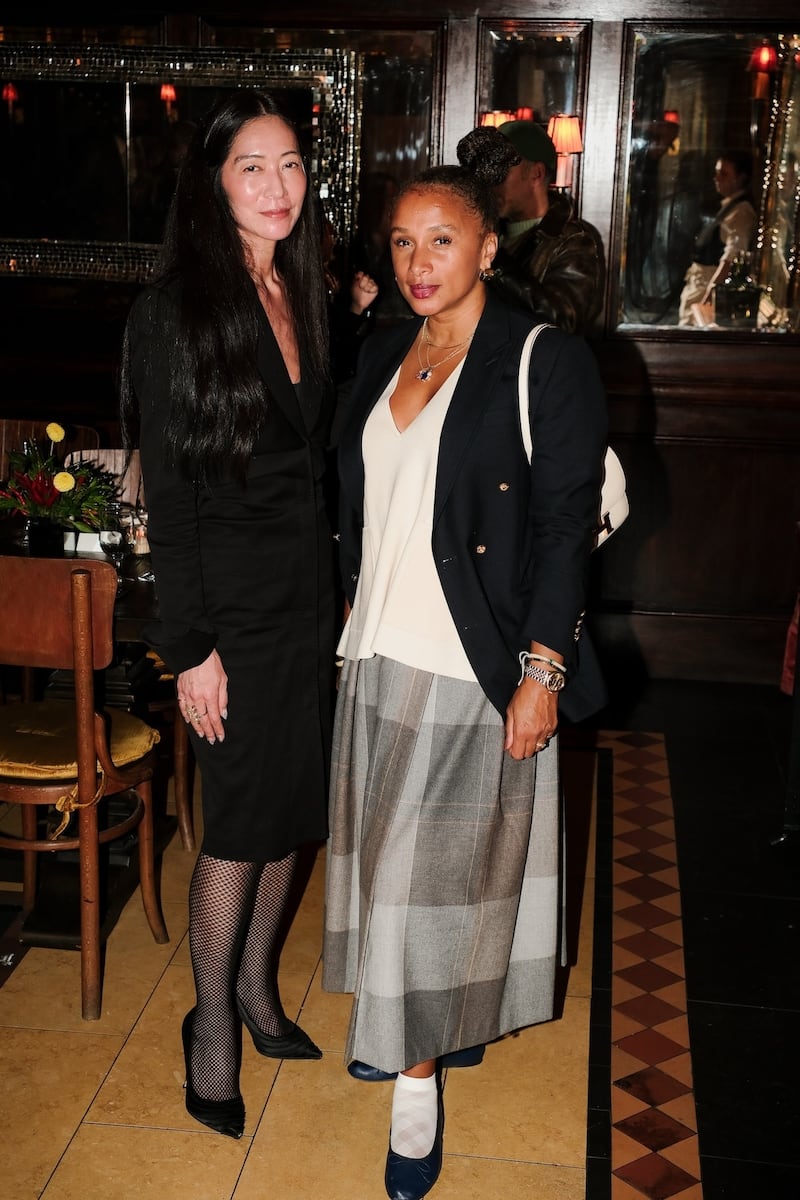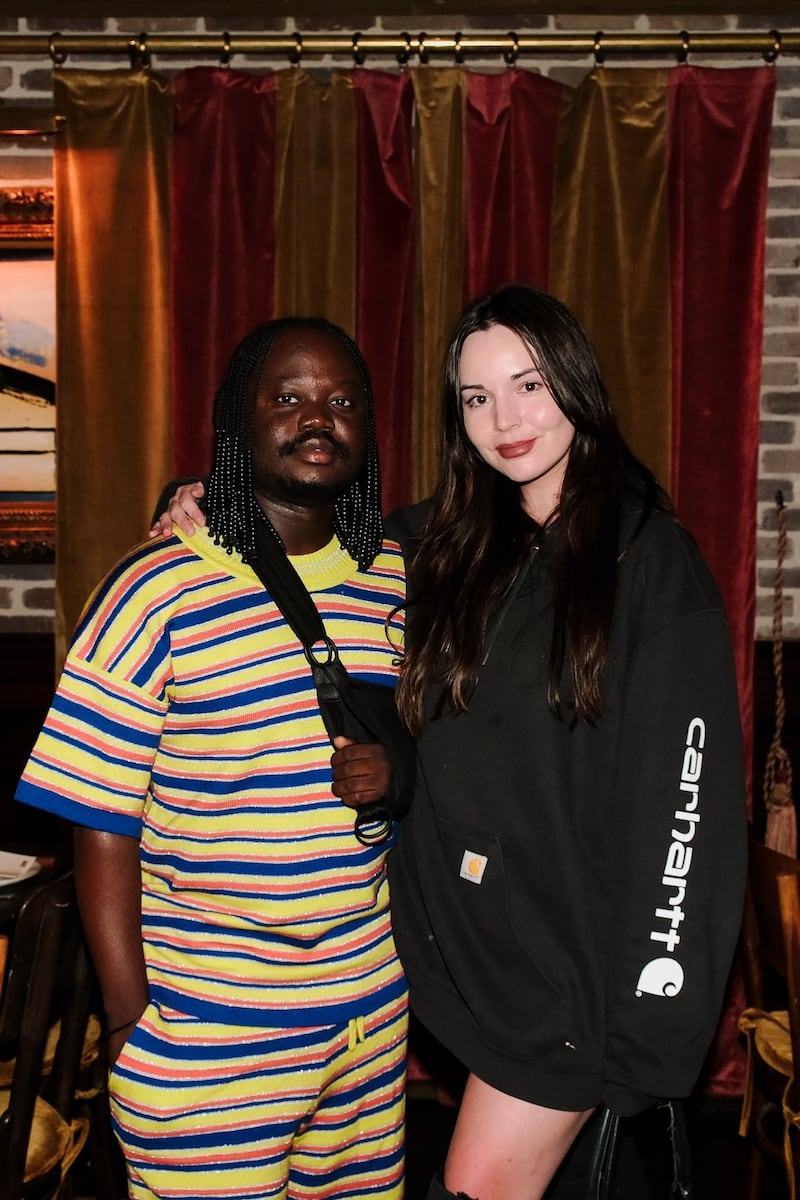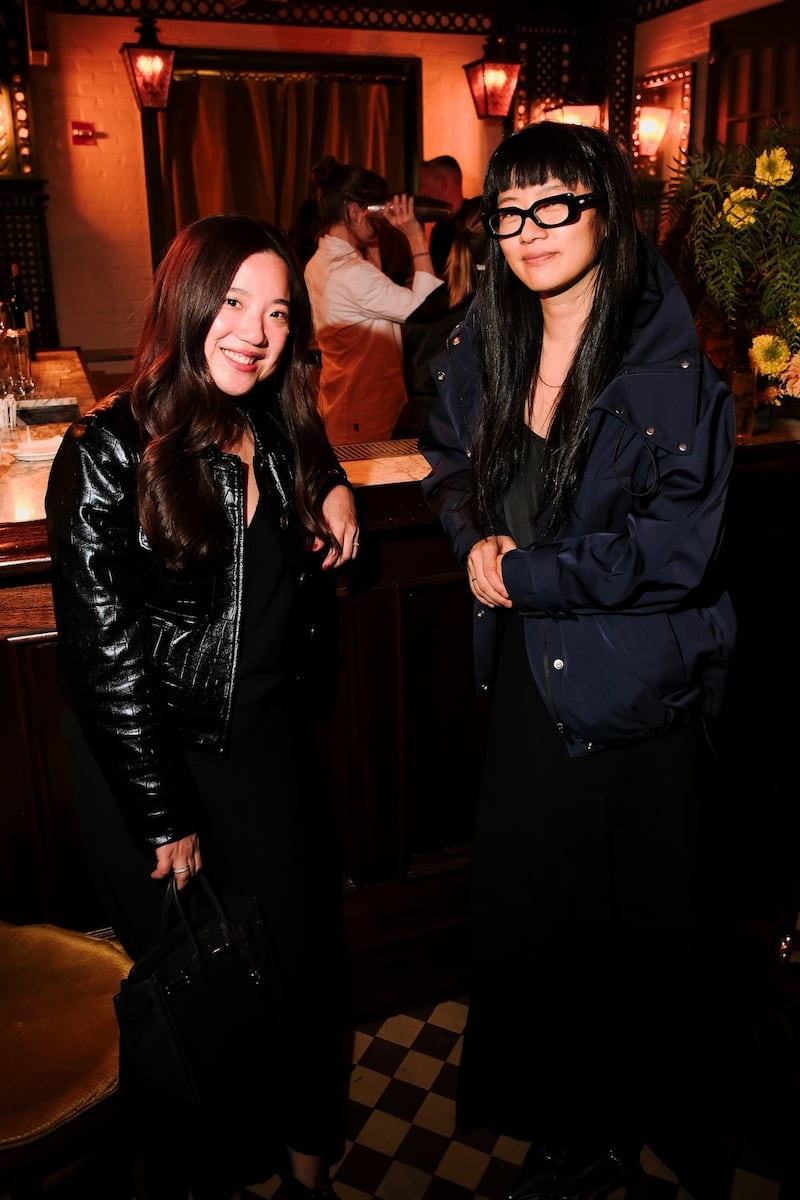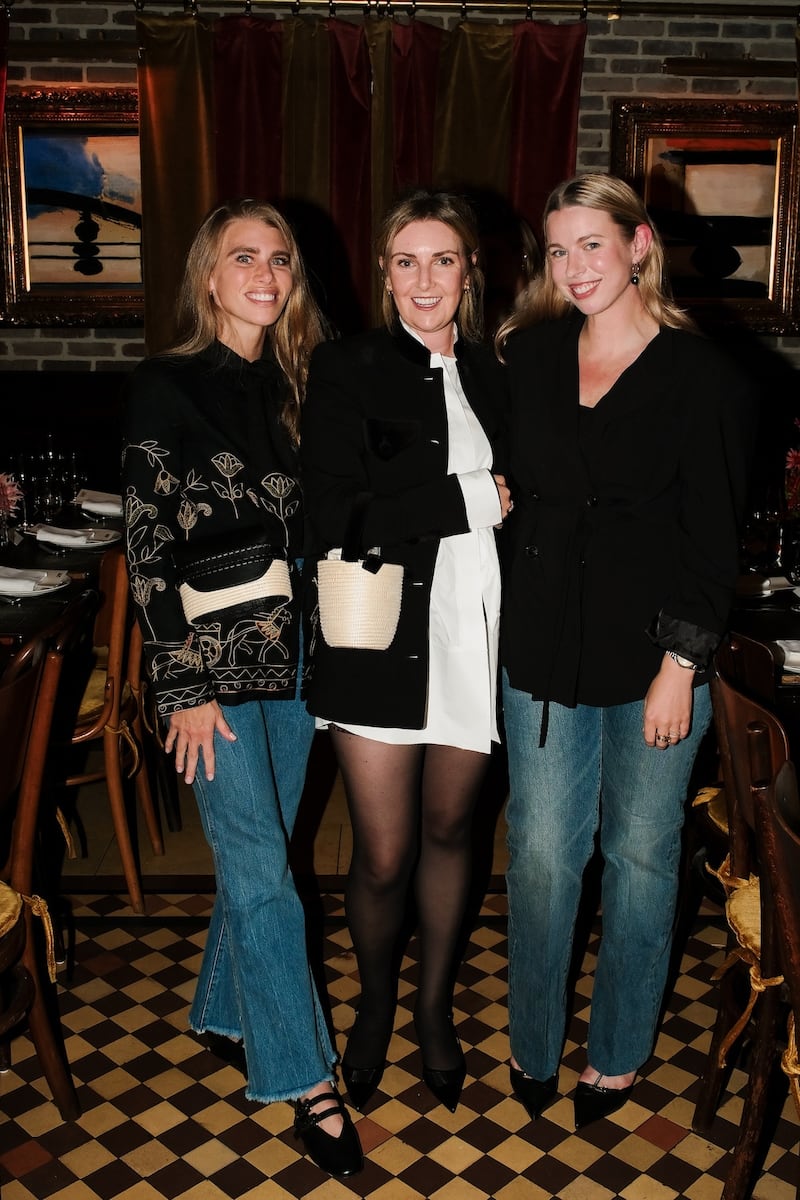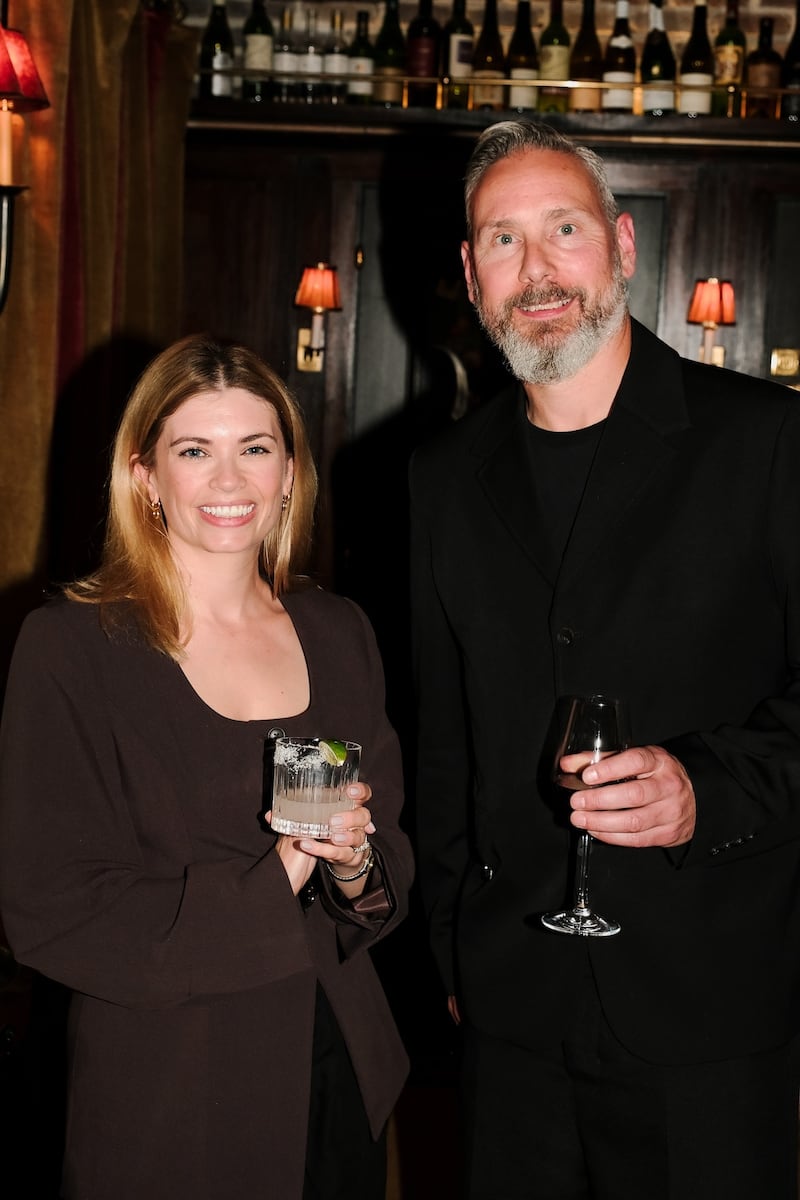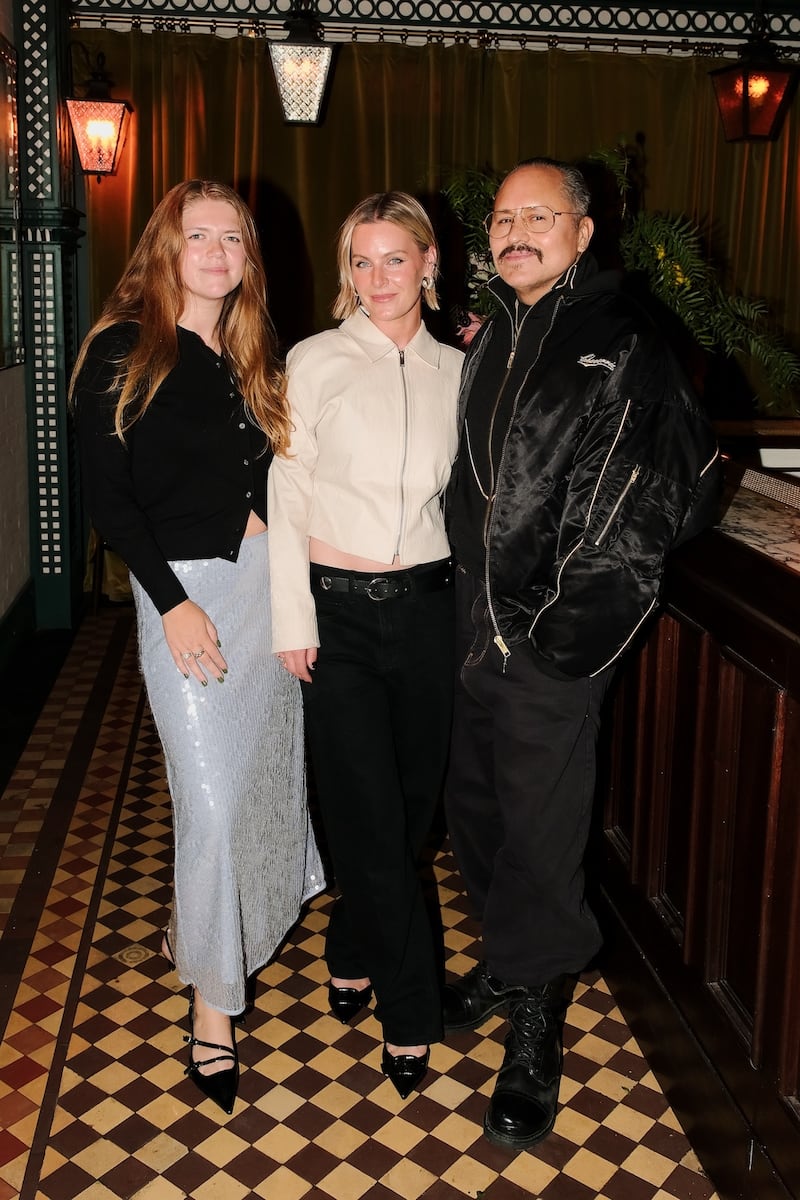
Last week, executives from some of New York’s most impactful independent brands gathered at Hotel Chelsea in Manhattan. Hosted by BoF’s Nick Blunden and Lyst CEO Emma McFerran, the evening was held to celebrate the city’s power brands — and how those brands drive growth and connect with their customers in a challenging retail environment.
Since its inception in 2010, fashion shopping platform Lyst has worked to power brand success and help create cut-through online. Today, it serves more than 160 million shoppers annually, partnering with over 17,000 leading brands and uses a proprietary data engine to facilitate a personalised shopping experience for end consumers — and gain critical insights for its brand partners.
“Over the last decade and a half, we have built core pillars to our business that stand us in great stead to develop our offering, from the platform and the technology itself, to the sheer scale of having a wide assortment with a real breadth of partners. Today, we’re able to leverage those pillars to deepen our relationships with both customers and brand partners,” said Lyst CEO Emma McFerran, in conversation with BoF.
“On the customer side, we are focused on elevating the whole shopping experience, leveraging our data to help you shop in a way that’s easy and entertaining, but also deeply personal — bringing together unique, authoritative content, slick tooling and an exciting user interface,” she added. “From a partner point of view, we’re not just providing access to shoppers, we’re also finding ways to build deeper, richer connections with those targeted audiences. Brands are coming to us wanting to tell their story to our customer, because we’re working to create meaningful content and recommendations that can resonate with today’s ‘overserved’ shoppers. Lyst brings the ecosystem together, and we want to help set brands apart.”
Lyst’s objectives are timely. How customers engage with and purchase from brands has been transformed thanks to an increasingly complex e-commerce landscape. The average US consumer has a 32-hour long day thanks to multitasking across different channels, according to a report by Activate Consulting. With every brand in direct competition for shoppers’ attention online — already spread thin across channels — attempting to outspend competitors with investment in performance marketing is rarely successful. Indeed, the BoF State of Fashion 2024 report, produced in partnership with McKinsey, found that 71 percent of executives plan to increase brand marketing spend in 2024, while only 46 percent intend to do the same for performance marketing.
“It can be easy to lose sight of the sense of joy that should come with shopping fashion online,” said McFerran. “Gathering these brands in New York tonight is part of that mission. The US is our most mature market, and a large proportion of those Lyst users are based here, in New York. The global obsession with the city’s style shines through on the platform — we see these brands are being searched for and know that our customers are excited by what they offer. We wanted to celebrate this city and those brands by bringing these ‘power brands’ together to push the conversation forwards.”
Below, BoF shares reflections and insights from the dinner.
Robert Rizzolo, Chief Merchandising Officer, Marc Jacobs
‘Do right by your consumers, foster that connection, and you will see buy-in’
“There is no standard winning formula in connecting with customers. You don’t need to do what everyone else is doing, and there’s a component of it that truly needs to be about fun. Some of the key creative leaders on our team acknowledge that KPIs are challenging when it comes to building that intimacy — it’s all about responding to the conversation.
“We’re an iconic New York brand, with an innovative New York designer at our helm. It’s important for us to bring the city into our brand narrative, because it’s central to our story, and to Marc’s story too.
“Do right by your consumers, foster that connection, and you will see buy-in from shoppers. Everyone is looking for authenticity and a connection with a brand that feels true and honest. Today, consumers are getting served a lot of artificial things. I think it’s a breath of fresh air when a consumer can interact with a brand on a more personal level.”
Brendon Babenzien and Estelle Bailey-Babenzien, Co-Founders of Noah
‘We’re on a journey to building a heritage brand and a lasting community’
“With Noah, we always wanted to retain the feel and intimacy of a mom-and-pop store — and holding on to that as we grow is a key focus for us. With stores in Seoul and Tokyo, it’s exciting to expand the reach, and we think that reach is perhaps even bigger, thanks to social media.
We acknowledge that we have to meet the customer where they’re spending time. Does our store experience reflect our brand story? Do we have cut-through digitally?
— Honor Brodie, Creative Director, Tory Burch
“However, that reach on social is fragile, because you’re not meeting the customer as intimately as you would like. It’s not the same as being in a store everyday, so we try to prioritise customer connection. We’re not trying to build a massive brand to sell it and cash in — this is our journey to becoming a heritage brand and building a lasting community.
“In New York, it’s still a place where anyone can make it. If you’ve got something interesting to say, the confidence to say it and you have the conviction to do something well, you can make it happen here. Different cultures, communities and creative classes exist side-by-side — it’s the combination that makes the city so special.”
Honor Brodie, Creative Director, Tory Burch
‘We have to meet the customer where they’re spending time’
“I think that Tory, the person, is always evolving, and it’s evident both on the runway and in terms of how we do business. As a brand, we had a bit of a reset after we brought our new CEO in and it has enabled Tory to drill down on creativity — brand identity is very much the focus now, and we want to open up the brand and broaden appeal.
“In terms of connecting with the customer today, we acknowledge that we have to meet the customer where they’re spending time. Does our store experience reflect our brand story? Do we have cut-through digitally?
“New York is such an incredible hive of activity and source of inspiration. We recently held our Spring/Summer 2025 fashion show at Brooklyn’s Domino Sugar Factory. Having the whole skyline stretched out before you was amazing. There’s a spirit to the city that, post-pandemic, is being rebuilt with such vibrancy. In a digital world, tangible connections are still so key.”
Jacques Agbobly, Founder and Creative Director, Agbobly
‘New York Fashion Week puts culture and community on display’
“My brand has been rooted in community since the very beginning. I was able to get my first studio thanks to donations via a fundraiser on Instagram, so growth has always been intertwined with that first opportunity given to me by that community.
“Today, I’m focused on designing for that community and keeping them involved, whether that is inviting them to the shows, asking them or collaborating with them, or even having them model for the brand. This is why New York Fashion Week is so important. It puts culture and community on display, and it’s this storytelling that inspires me.
Today, consumers are getting served a lot of artificial things. I think it’s a breath of fresh air when a consumer can interact with a brand on a more personal level.
— Robert Rizzolo, Chief Merchandising Officer, Marc Jacobs
“I started my brand right at the beginning of the pandemic, and it was a time where there was a lot of uncertainty, but so much resilience in New York. The creativity in 2024 continues to be all about that resilience, as many new up-and-coming brands run without any resources or safety nets. That’s why it’s so energising to watch New York’s emerging talent support one another.”
Mimi Fukuyoshi, Senior Vice President of US Retail & Wholesale, Tom Ford
‘We continue to build the experience for core high-spending customers’
“Our reality in 2024 is that a very small percentage of our clients make up a significant portion of our business.
“We have been looking at our customer relationship management systems and we’re starting to track growth in a customer base who are spending over $50,000 per year. What we’re finding is that we’re growing in every category, apart from the lowest spends. That suggests to me that there’s a traffic or discoverability component to solve, but we are continuing to concentrate our efforts on building the experience for those core high-spending customers. That retention is key.”
This is a sponsored feature paid for by Lyst as part of a BoF partnership.

